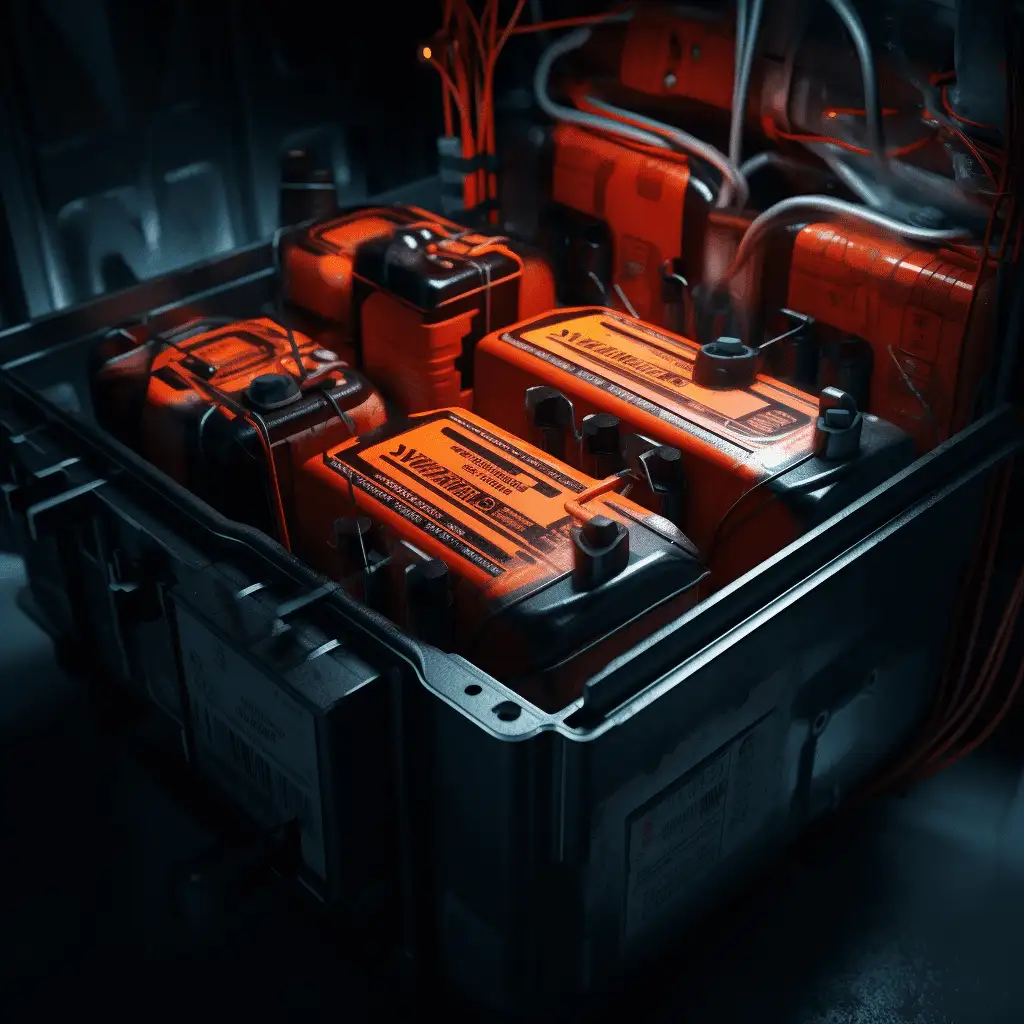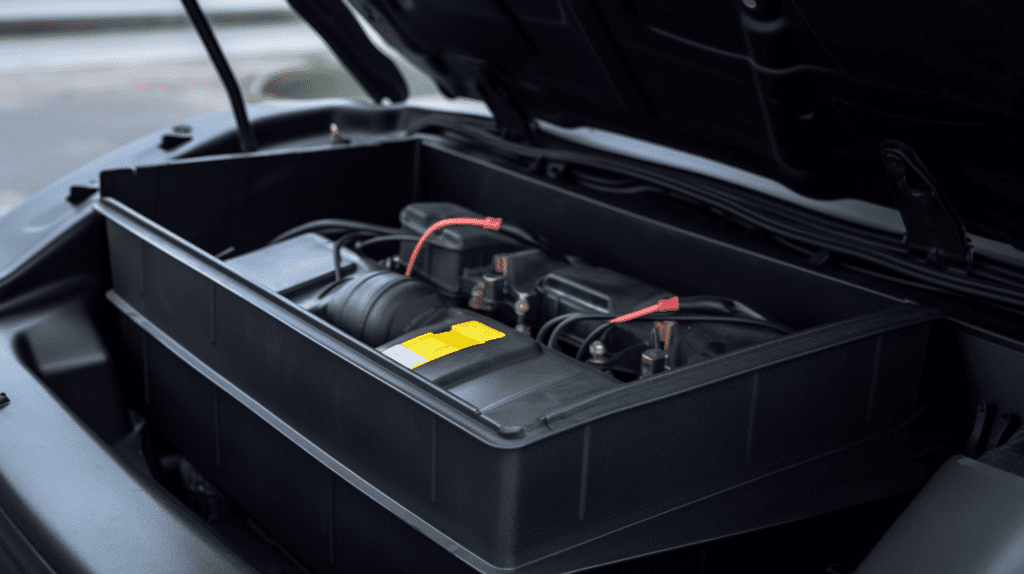What is shocking fish with a car battery? Shocking fish, or electrofishing, involves using an electric current to temporarily stun fish for easy capture. While it can be done with specialized equipment, some may use a car battery and generator setup. This method should be used responsibly and legally to ensure the safety of aquatic ecosystems.
What is Electrofishing?
Electrofishing is a method used in fisheries management to sample fish populations. By applying a controlled electric current to the water, fish are temporarily stunned, making them easier to catch and study. This technique is commonly used by biologists for population assessments, species identification, and health evaluations of aquatic environments.
How Does Shocking Fish Work?
The process of shocking fish involves the following steps:
- Power Source: A generator or car battery provides the electrical current.
- Electrodes: Two electrodes are placed in the water; one is positive and the other negative.
- Electric Field: When the current flows through the water, it creates an electric field that affects nearby fish.
- Stunning Effect: Fish within the electric field are temporarily stunned, allowing for easy capture.
Why Use a Car Battery for Electrofishing?
Using a car battery for shocking fish can be appealing due to its accessibility and portability. However, it is important to understand the limitations and risks involved:
- Portability: Car batteries are readily available and can be transported easily.
- Cost-Effectiveness: Setting up a system using a car battery can be cheaper than purchasing specialized electrofishing equipment.
- Simplicity: For small-scale or informal fishing activities, this method may seem straightforward.
| Advantage | Disadvantage |
|---|---|
| Portable | Risk of injury or harm to fish |
| Cost-effective | Not as effective as professional gear |
| Simple setup | Potential legal issues |
What Are the Risks of Shocking Fish?
While electrofishing can be effective, it poses several risks:
- Injury to Fish: Improper voltage settings can cause permanent harm or death to fish.
- Legal Issues: Many regions have strict regulations regarding electrofishing; unauthorized use can lead to fines or penalties.
- Environmental Impact: Overuse of this method can disrupt local ecosystems and fish populations.
How to Safely Shock Fish with a Car Battery
If you choose to proceed with shocking fish using a car battery, follow these safety guidelines:
- Know Local Laws: Ensure that you are compliant with local regulations regarding electrofishing.
- Use Proper Equipment: Utilize insulated gloves and appropriate electrodes designed for electrofishing.
- Monitor Voltage Levels: Keep voltage low enough to stun fish without causing harm (typically between 100-300 volts).
- Limit Duration: Only apply the current for short bursts to minimize stress on the fish.
What Equipment Do You Need?
To set up an electrofishing system using a car battery, you will need:
- Car Battery or Generator: A reliable power source capable of providing sufficient voltage.
- Electrodes: Insulated rods that will serve as conductors in the water.
- Wiring: Heavy-duty cables capable of handling the current load.
- Safety Gear: Insulated gloves and boots to protect against electrical shock.
Why Is It Important to Follow Ethical Practices?
Ethical fishing practices are crucial for maintaining healthy ecosystems:
- Sustainability: Responsible use of electrofishing ensures that fish populations remain viable for future generations.
- Ecosystem Health: Minimizing harm to non-target species and habitats helps preserve biodiversity.
- Community Relations: Practicing ethical fishing fosters positive relationships with local communities and conservation groups.
Industrial News
Recent developments in fishing technology have led to more efficient and environmentally friendly methods of population assessment. Advances in electrofishing equipment now include features that minimize stress on fish while providing accurate data. Additionally, there is a growing emphasis on sustainable practices within the fishing industry, promoting responsible methods that protect aquatic ecosystems.
Redway Expert Insights
“Using electricity for fishing can be effective but must be approached with caution. Understanding local regulations and employing ethical practices is essential for preserving aquatic life while conducting research or recreational fishing,” states Dr. Sarah Johnson, an expert in aquatic biology.
FAQ Section
Is it legal to shock fish with a car battery?
Laws vary by region; always check local regulations before attempting electrofishing.What voltage is safe for stunning fish?
Typically, voltages between 100-300 volts are used; however, it’s crucial to adjust based on local guidelines.Can I use any type of battery?
While car batteries are common, specialized electrofishing equipment is recommended for safety and effectiveness.What should I do if I accidentally harm a fish?
If a fish appears injured or distressed, return it to the water as quickly as possible; monitor its condition if feasible.





